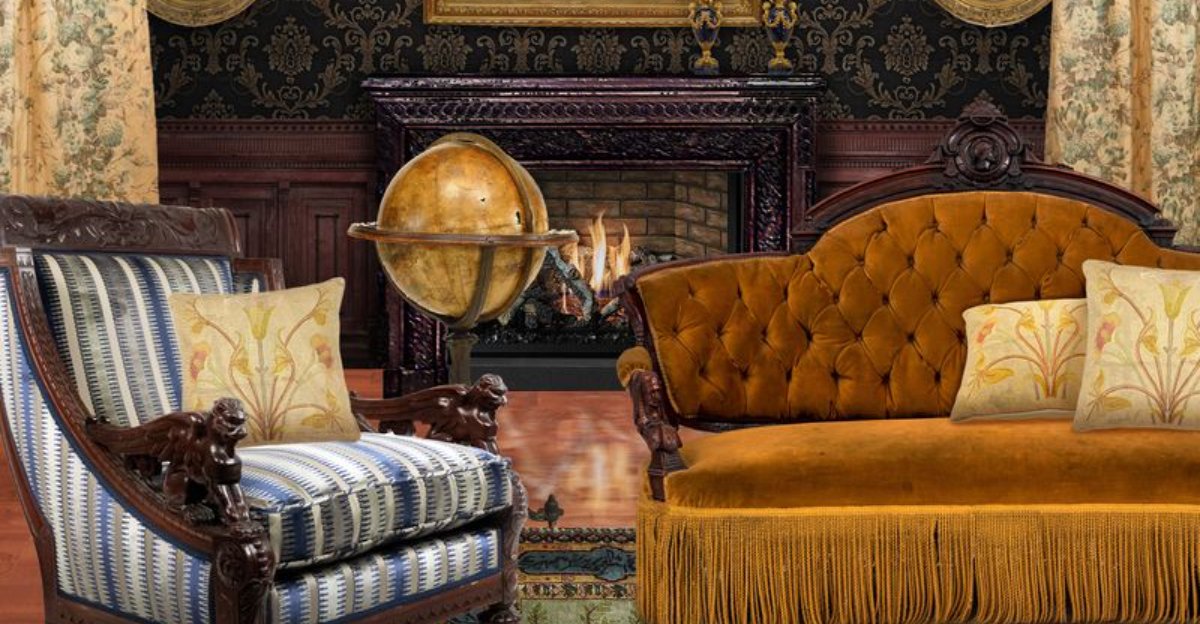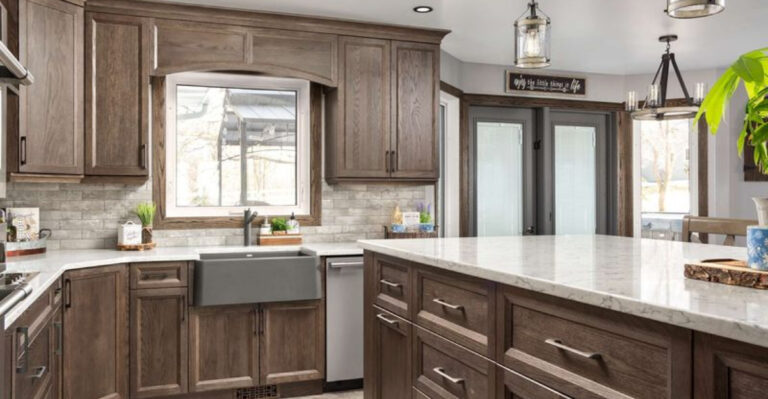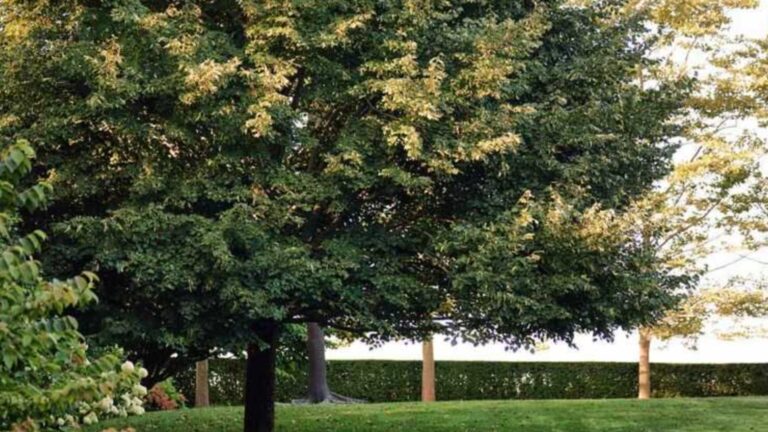10 Antique Home Items From the 1900s That Are Worth Thousands (And 10 That Are Basically Junk)
Every time I walk through an old house, it feels like stepping into a real-life treasure hunt. Some antiques are quietly collecting dust, but could be worth thousands, while others are just, well, old furniture taking up space.
I’ve seen plenty of people inherit grandma’s hutch or mirror and wonder if it’s a hidden gem or better off at a yard sale. I’ve been there too, squinting at claw feet and ornate carvings, hoping they mean something.
If you’re unsure what’s valuable and what’s not from the 1900s, let me help you sort the gold from the junk.
1. Tiffany Lamps
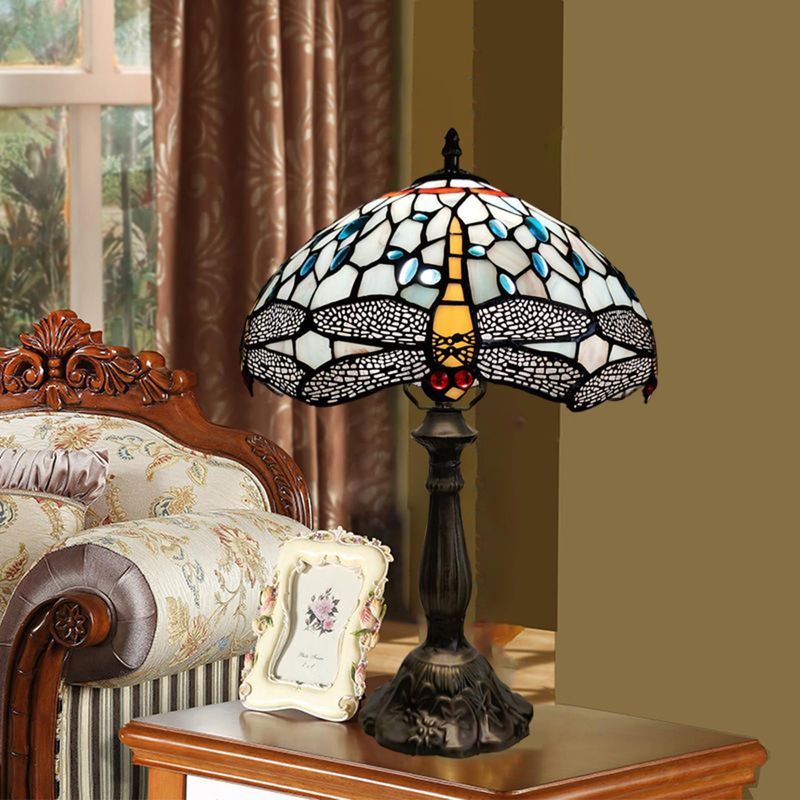
If your lamp has hundreds of tiny glass pieces forming flowers or dragonflies, you might own a fortune. Authentic Tiffany Studios pieces from the early 1900s sell between $5,000 and over $1 million today.
Louis Comfort Tiffany’s signature or “Tiffany Studios New York” stamped on the bronze base separates real treasures from pretty knockoffs. Each shade required master craftsmen to cut and solder individual glass pieces by hand.
2. Art Deco Cocktail Cabinets

When prohibition ended, wealthy Americans celebrated with stunning cocktail cabinets that now command $10,000 to $30,000 at auctions. These weren’t just furniture but status symbols of the roaring twenties.
Originals feature exotic woods like burr walnut or zebrano with geometric inlays and mirrored interiors. The most valuable pieces showcase Art Deco’s signature angular designs and metallic accents that scream luxury.
3. Persian Rugs
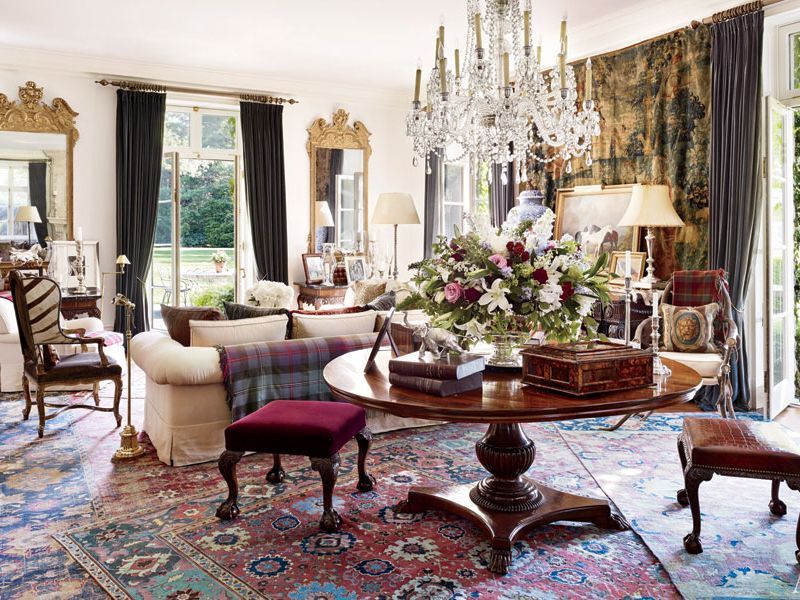
Some people vacuum over $50,000 without realizing it. Fine Persian rugs from the early 1900s, especially from Tabriz, Isfahan, or Heriz, regularly sell for $20,000 to $100,000.
Hand-knotted with natural dyes and intricate patterns, these textiles actually improve with age like fine wine. The secret lies in their knot density and natural materials that modern machine-made versions simply cannot replicate.
4. Rookwood Pottery

Founded by Maria Longworth Nichols in 1880, Rookwood Pottery became America’s answer to European ceramic mastery. Signed pieces by famous artists like Kataro Shirayamadani bring $5,000 to $30,000 today.
The magic happens in their distinctive glazes and hand-painted designs that captured Art Nouveau’s flowing beauty.
Each piece bears the artist’s signature and Rookwood’s flame mark, making authentication relatively straightforward for collectors.
5. Gustav Stickley Furniture
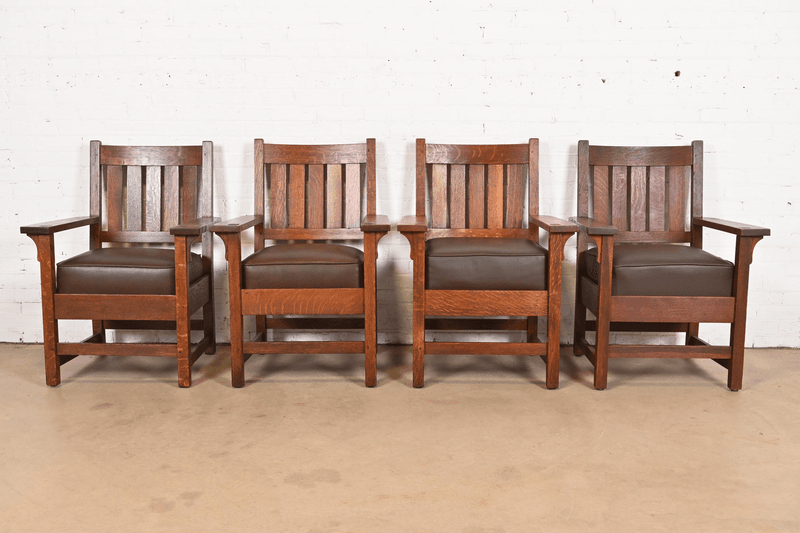
Gustav Stickley didn’t just make furniture; he led a revolution against mass production. His clean-lined, hand-crafted oak masterpieces from the early 1900s now command $5,000 to $50,000.
Every joint was carefully fitted without nails or screws, creating pieces built to last centuries. The Arts and Crafts movement valued honest construction over ornate decoration, making these simple yet sophisticated pieces timeless investments.
6. Art Nouveau Jewelry Boxes

Between 1890 and 1910, jewelry boxes became miniature sculptures celebrating feminine beauty and nature’s curves. Genuine pieces by makers like Gorham or Tiffany fetch $3,000 to $15,000 today.
Silver examples featuring flowing female figures or intricate nature motifs command premium prices. The Art Nouveau movement transformed everyday objects into artistic statements, making these boxes both functional and museum-worthy.
7. Lalique Glass
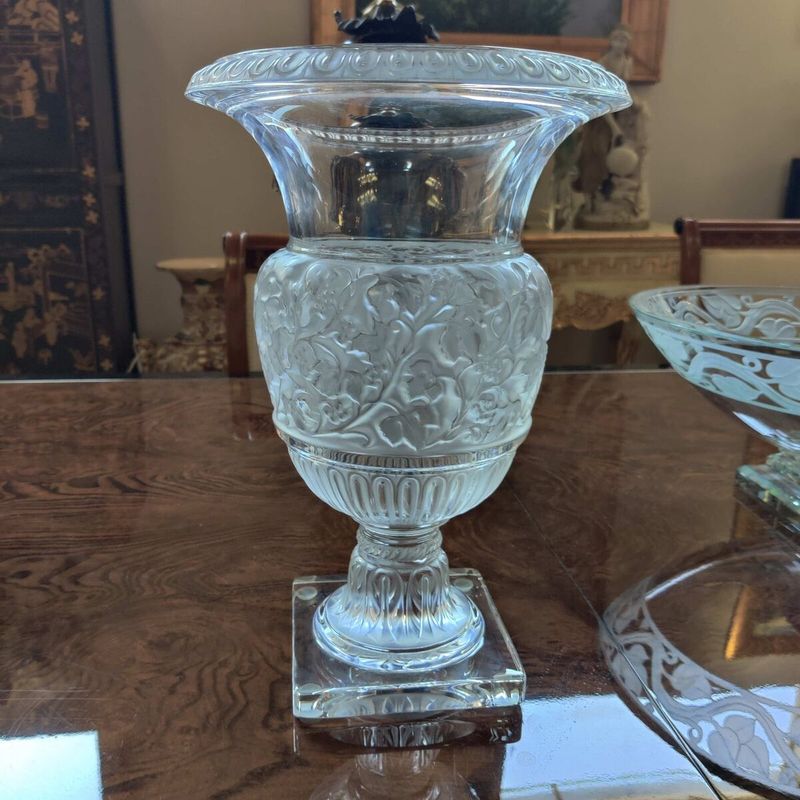
René Lalique transformed molten glass into frozen poetry, creating pieces that now sell for $2,000 to $20,000, with rare examples reaching six figures. His opalescent effects seem to glow from within.
Authentic pieces feature his signature “R. Lalique France” mark and showcase intricate details of women or nature.
Lalique’s genius lay in combining industrial techniques with artistic vision, creating affordable luxury for the masses.
8. Grandfather Clocks
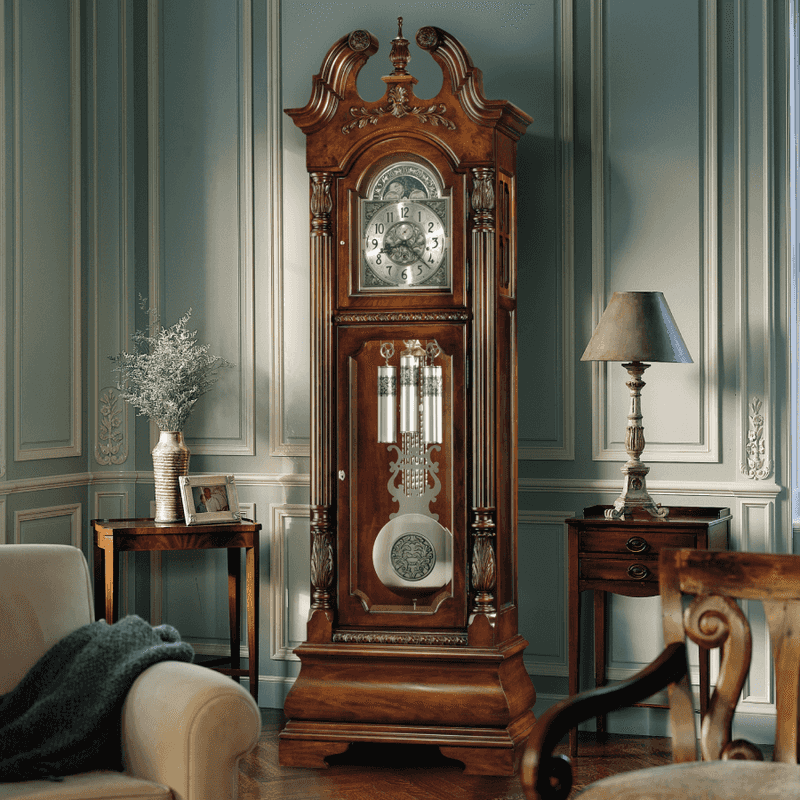
Fine grandfather clocks from renowned makers like Howard Miller chime their way to $5,000-$25,000 at auction. These weren’t just timepieces but statement furniture for prosperous homes.
The most valuable examples feature tubular chimes, moon phase dials, and hand-carved wooden cases.
Quality movements from respected manufacturers ensure these clocks still keep perfect time after more than a century of faithful service.
9. Vintage Advertising Signs
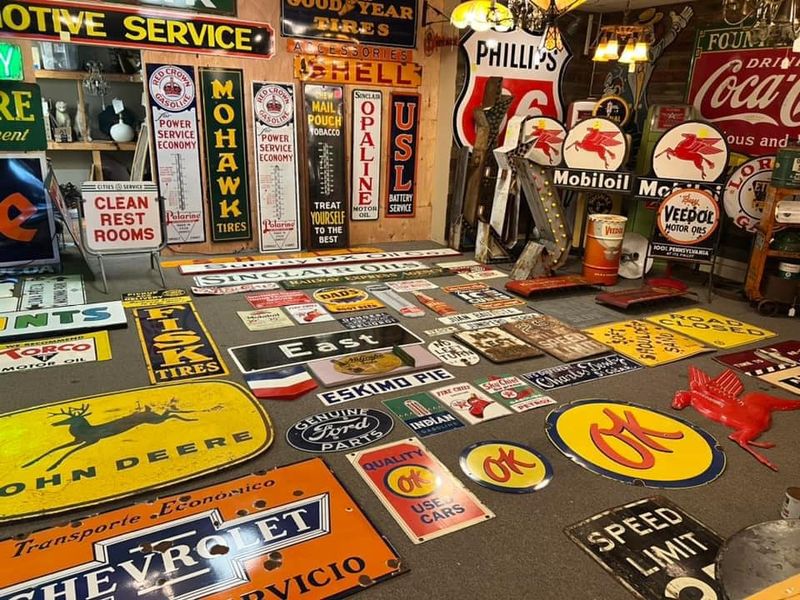
Before digital marketing, companies invested in beautiful porcelain and metal signs that have become collector gold mines. A rare vintage Texaco 42-inch double-sided sign recently sold for $2,500.
Condition matters enormously with advertising signs, as rust, chips, or fading dramatically reduce values.
Well-known brands like Coca-Cola, Shell, or Ford command higher prices than obscure local businesses from the same era.
10. Mid-Century Modern Furniture
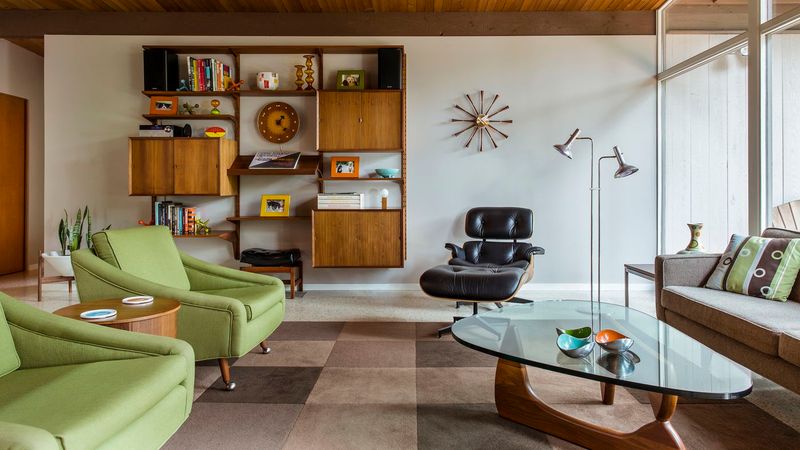
Though technically from the 1950s-60s, these pieces represent the 1900s design evolution. Original Eames or Hans Wegner pieces command serious money, with an Eames Herman Miller set listed for $5,500.
Authenticity proves crucial since reproductions flood the market. Original pieces feature specific manufacturer labels, construction details, and materials that separate genuine treasures from modern copies trying to cash in on mid-century popularity.
1. Mass-Produced Victorian Settees
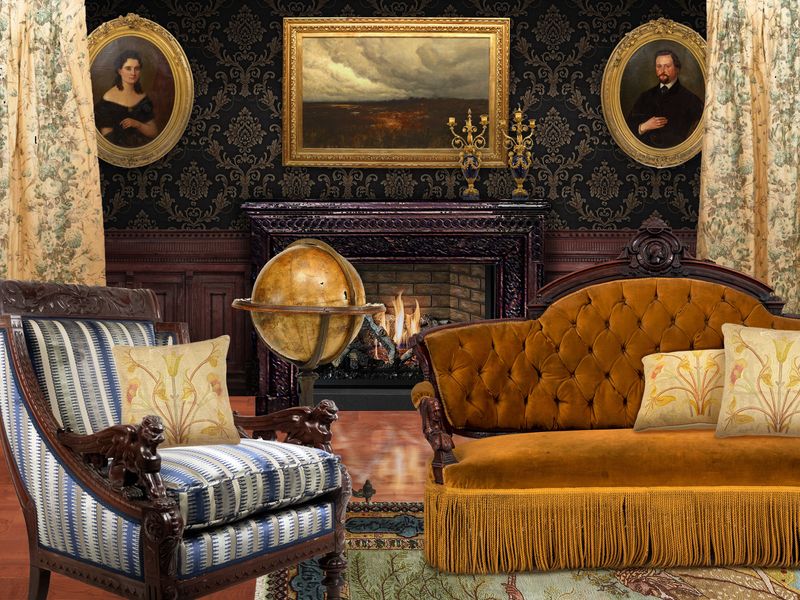
Factory-made Victorian settees from the early 1900s look impressive but typically sell for just $200-$700 today. Mass production ruined their collectible value despite ornate appearances.
Reupholstery costs often exceed the furniture’s worth, making these pieces more suitable for sentimental keepsakes than financial investments.
Handmade examples command much higher prices, but factory versions flood the market with little demand.
2. Common Vintage Typewriters
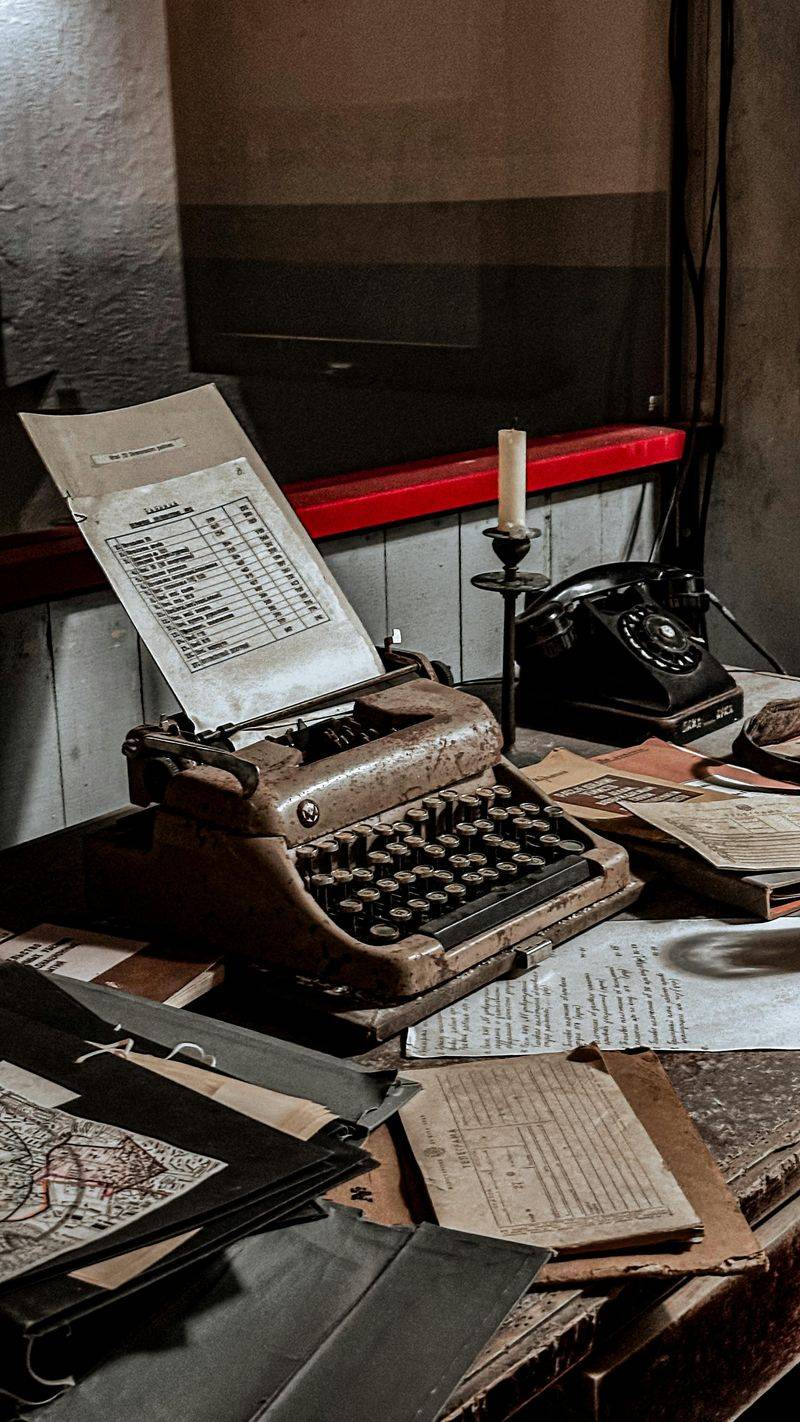
Royal and Remington produced millions of typewriters, making most models conversation pieces rather than retirement funds. Unless you own an ultra-rare prototype, expect modest returns on investment.
Working condition adds some value, but common models rarely exceed $100-$300 at auction. The romanticism of typewriters appeals to writers and decorators, but collector demand remains limited for mass-produced examples.
3. Vintage Sewing Machines
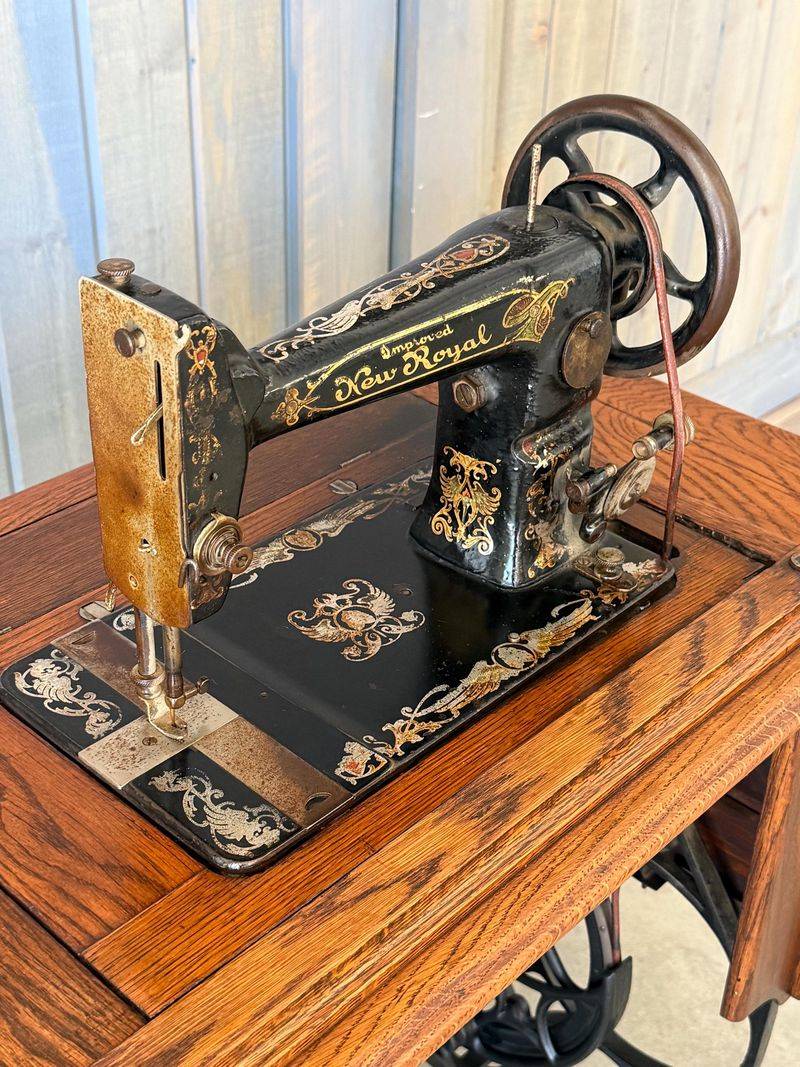
Singer’s popularity worked against collectors, as millions of machines survived in excellent condition. Most vintage sewing machines from the early 1900s sell for just $100-$300 today.
Functional machines appeal to crafters and decorators, but rarity drives antique values. Singer’s reliable construction ensured countless machines survived, creating oversupply that keeps prices disappointingly low for hopeful sellers.
4. Mass-Produced Oil Paintings
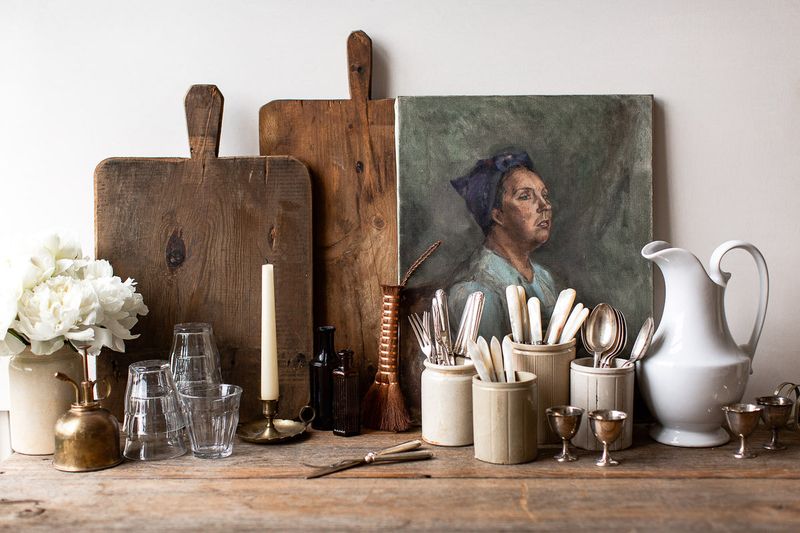
Decorative oil paintings from the early 1900s typically sell for just $50-$200 today unless signed by recognized artists. Mass production created countless similar works that flood estate sales.
Without artist signatures or provenance, these paintings serve decorative purposes rather than investment opportunities.
The frame often holds more value than the artwork itself, especially if it features quality craftsmanship or gold leaf.
5. Vintage Cabinet Radios
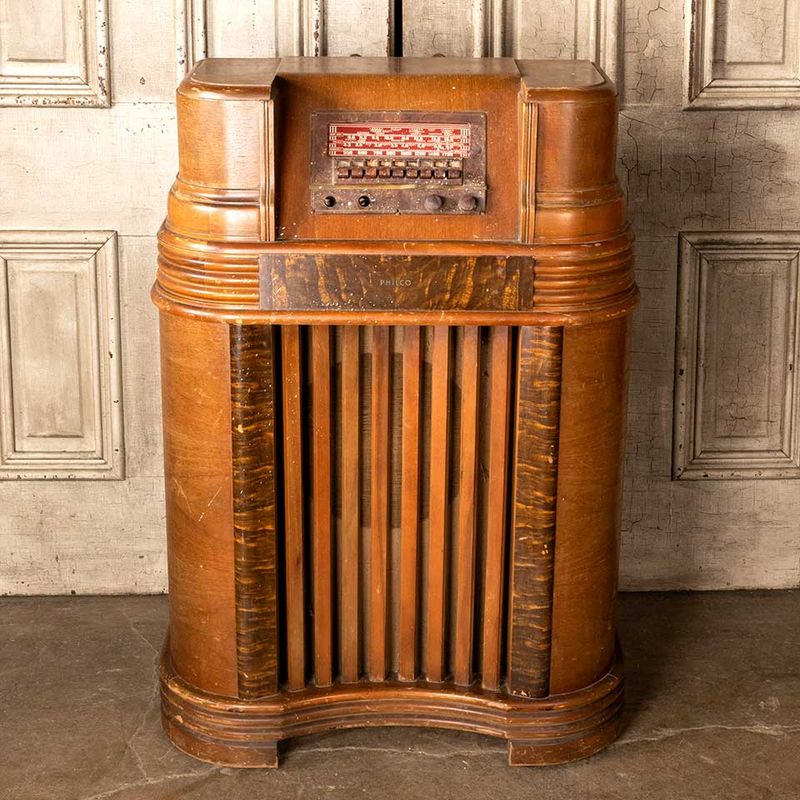
Those charming wooden cabinet radios from the 1930s-40s typically tune into values of just $75-$250. Brands like Philco, Zenith, and RCA produced these by the millions.
Working condition adds appeal for vintage electronics enthusiasts, but mass production keeps values modest.
Beautiful cabinet work and Art Deco styling make these radios attractive decorative pieces despite limited collector premiums.
6. Oak Hall Trees
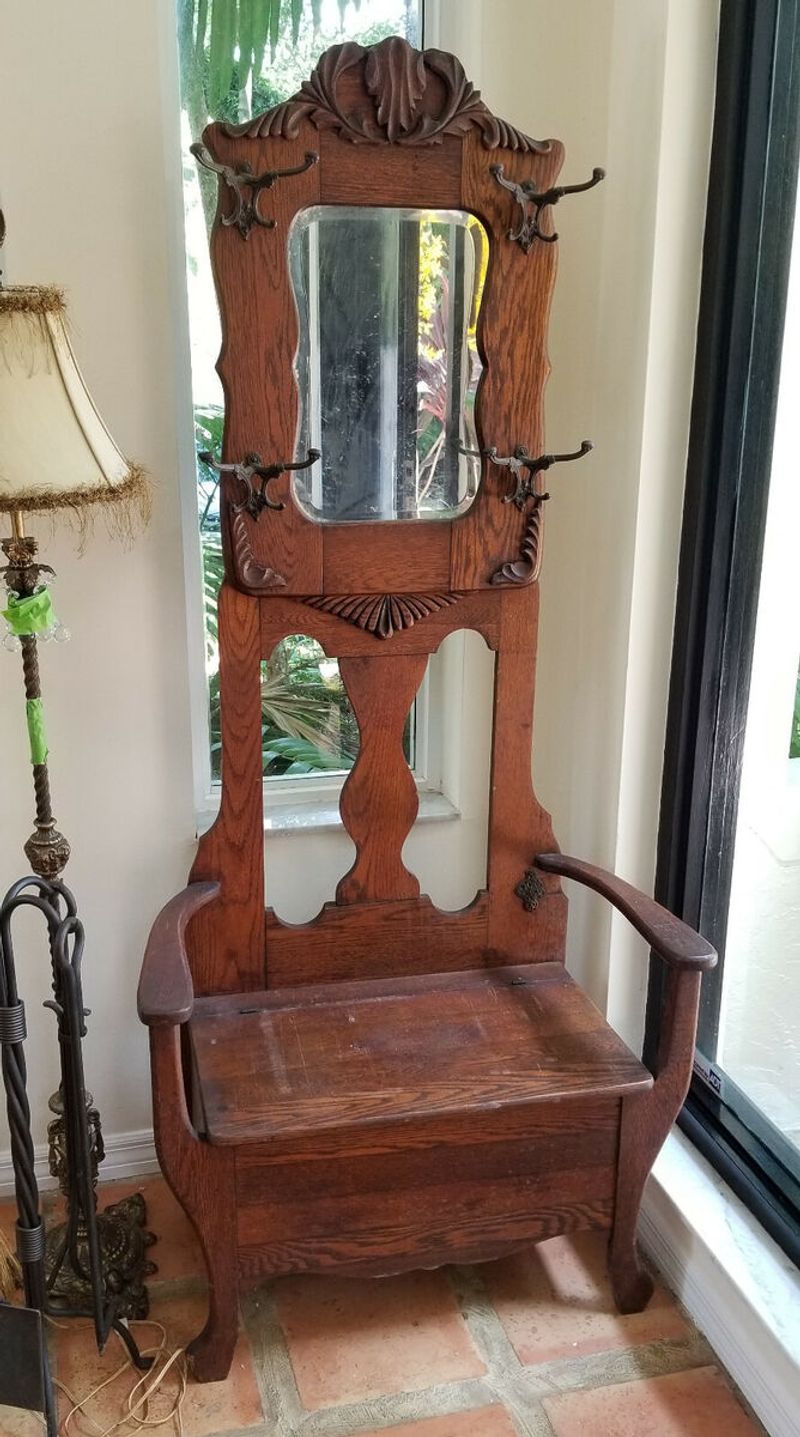
Combination coat rack, bench, and mirror units once welcomed visitors in proper homes but now welcome modest prices of $200-400 for standard examples.
These practical pieces served essential functions in an era of formal dress codes and frequent visitors. Quarter-sawn oak construction ensures durability, but abundant supply keeps values reasonable for most examples.
7. Barrister Bookcases
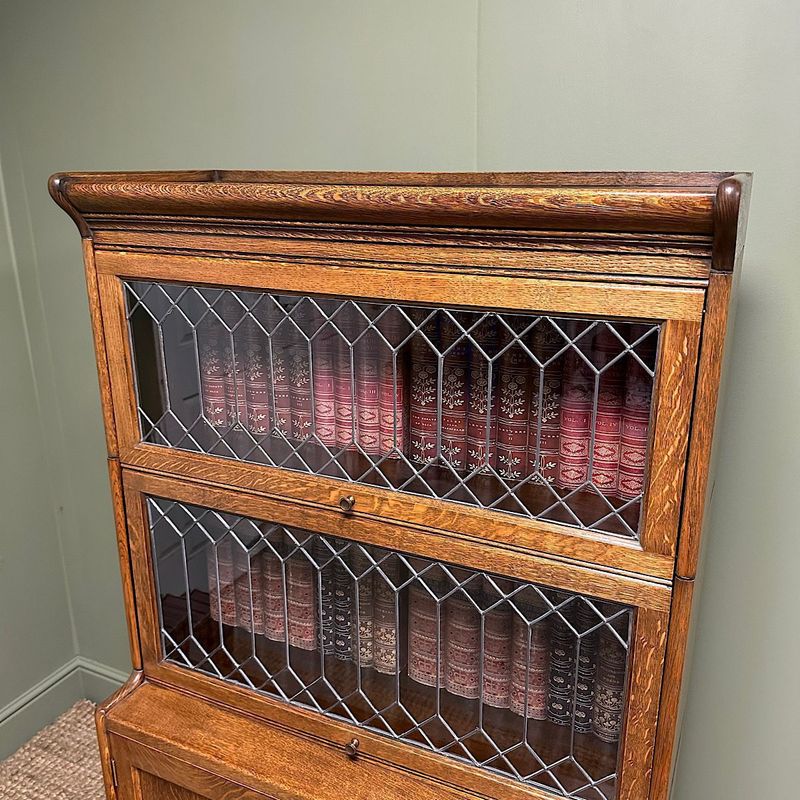
Quarter-sawn oak barrister bookcases from manufacturers like Globe Wernicke sell for $300-600 depending on condition and section count. Their modular design appealed to professional offices.
More sections generally mean higher values, but even complete sets rarely exceed $1,000. The practical design continues attracting buyers who appreciate both function and vintage charm in home offices.
8. Milk Glass Hobnail Vases
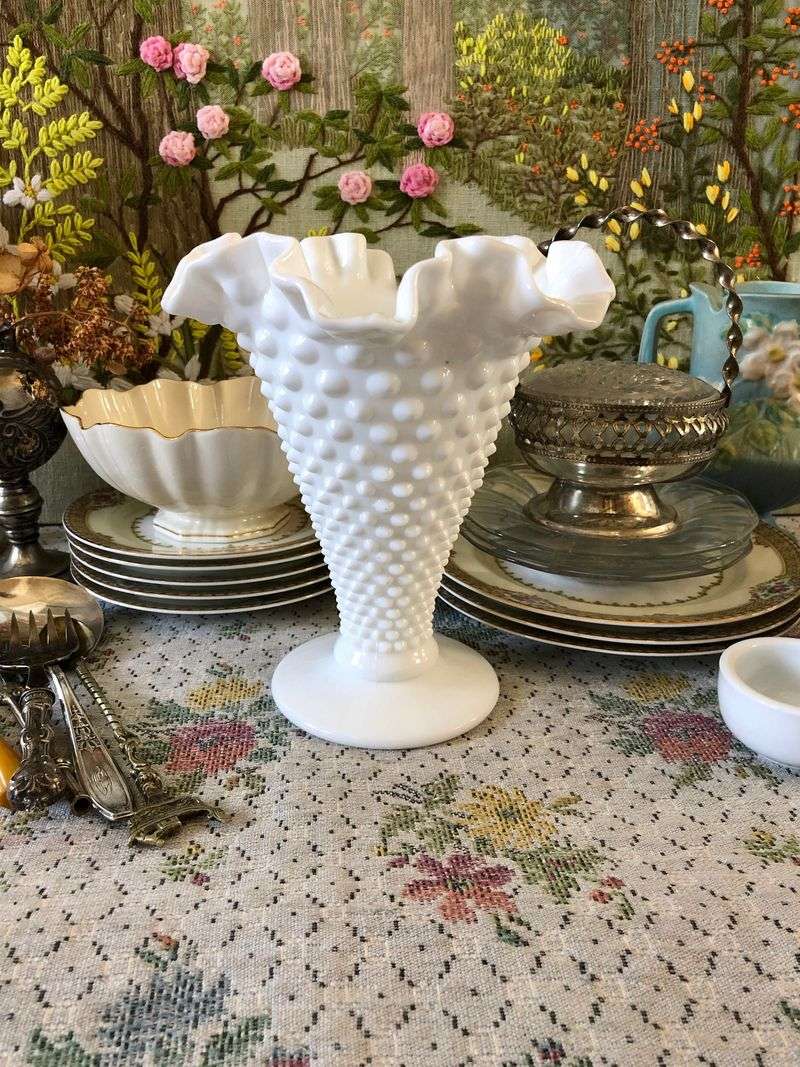
Basic milk glass hobnail pieces command just $15-30 from casual collectors despite their vintage charm. Mass production created abundant supply that exceeds current demand.
These ubiquitous decorative items suffer from oversupply and waning interest among younger generations. While pretty and nostalgic, they represent more sentimental than financial value for most collectors today.
9. Pressed Glass Dishes
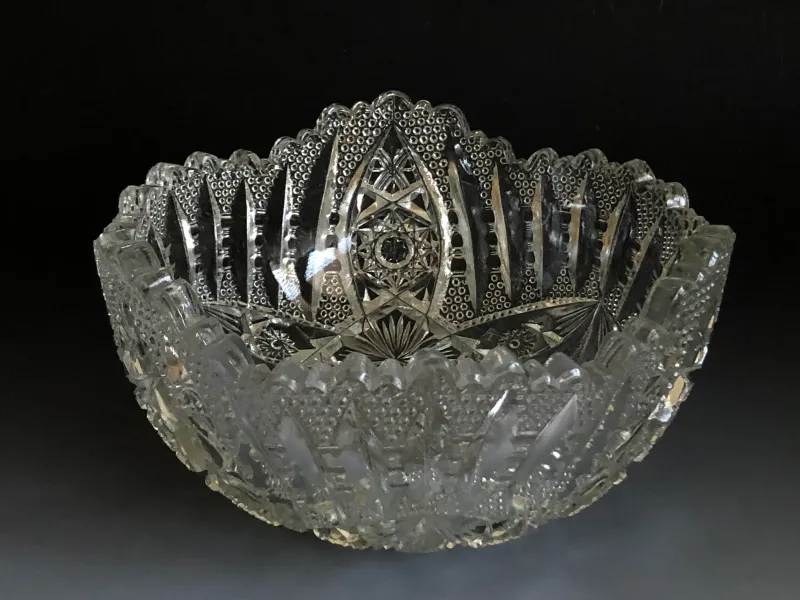
That cabinet full of sparkling glassware may look fancy, but most pressed glass dishes from the early 1900s hold little to no value today. These mass-produced items were affordable alternatives to cut crystal and were made by the millions in American factories like Indiana Glass or Federal Glass.
Unless you have an ultra-rare pattern or color, these pieces typically sell for $5–$20 apiece. Their abundance at estate sales and thrift stores keeps demand low, making them more suitable for daily use than display or investment.
10. Incomplete China Sets
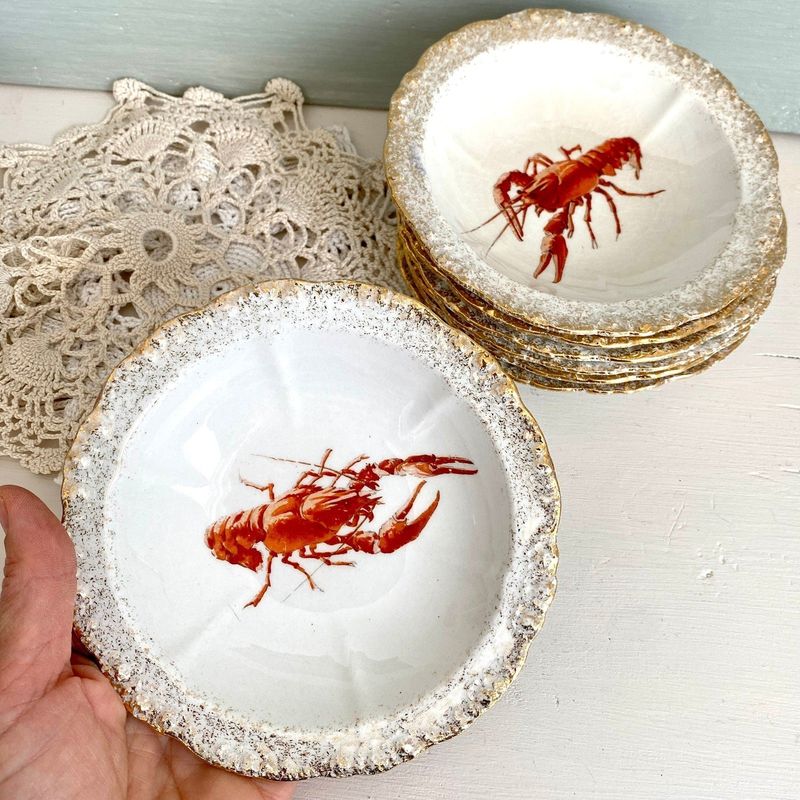
Grandma may have treasured her china set, but if it’s missing teacups or saucers, the market doesn’t care. Incomplete sets from common brands like Noritake, Johnson Brothers, or Homer Laughlin often sell for less than $50 total.
Buyers today rarely want full formal place settings, and missing pieces make them even less desirable. Unless you have a rare pattern or pristine condition, mismatched china tends to gather dust—sentimental, yes, but financially disappointing.

